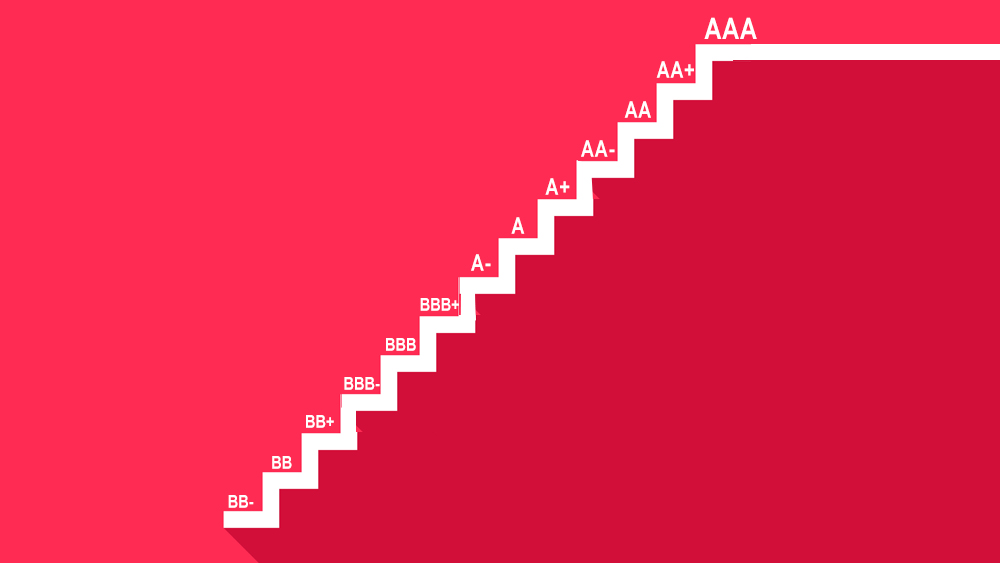
Credit rating agency S&P Global Ratings has raised the corporate rating for Liberty Financial Limited, Liberty’s term deposit business, to BBB/Stable/A-2 from BBB-/Positive/A-3.
Liberty is a non-bank deposit taker licensed and regulated by the Reserve Bank of New Zealand.
You can see the current credit ratings of all banks and other deposit taking institutions on the term deposit and savings tables on this website. The Reserve Bank Dashboard also summarises the ratings by all approved raters for banks, and one easy way to view them is via our Key Bank Metrics tool.
You can see how credit ratings from the various ratings agencies compare, here.
A credit rating of BBB- or better is considered "investment grade", below that "sub-investment grade" (and colloquially known as "junk".)
Liberty Financial is the only non-bank institution with an investment-grade BBB credit rating.
It is now on a credit rating par with Heartland Bank, the Co-operative Bank, and SBS Bank.
The main big-four Australian-owned banks all have a AA- rating. Kiwibank has a Moody's rating of A1 (similar to the S&P level as A+ and one notch lower that AA-).
Rabobank and the three retail-active Chinese banks are all rated A.
TSB is rated A-.
It is hard to know what this upgrade for Liberty Financial will mean, either to its own business or to the perception of savers. But it certainly won't hurt.
Liberty already offers term deposit rates at a premium to almost all other banks. For institutions rated BBB, the premium is at least +40 bps, although it is +90 bps for one year.
| for a $25,000 deposit May 31, 2024 |
5/6/7 mths |
8-11 mths |
1 year |
| % | % | % | |
| Cooperative Bank | 6.05 | 6.15 | 5.90 |
| Heartland Bank | 6.25 | 6.25 | 6.20 |
| SBS Bank | 5.90 | 6.40 | 5.95 |
| Liberty Financial | 6.60 | 6.85 | 7.10 |
In theory, it shouldn't have to offer a risk-related premium. But it does. And that is probably because it comes tagged in saver's minds as a "finance company", a tag with a chequered history in New Zealand.
Within the next year, savers will also have to wrestle with how they view all institutions that get the up-coming deposit guarantee. If that government program makes all deposits essentially risk-free to a $100,000 level at any one of them, any type of premium essentially becomes a 'gift' underwritten by the scheme (and by implication, the taxpayer). As we have previously noted, there is a massive public-policy moral hazard involved then. However, savers won't mind so long as "someone else" is paying. But they are likely to squeal if overall risk premiums reduce (as they should). The standard for risk-free in the term deposit sector is the Kiwi Bonds rates. However, competitive pressures to raise funding will always generate some variances.

We welcome your comments below. If you are not already registered, please register to comment.
Remember we welcome robust, respectful and insightful debate. We don't welcome abusive or defamatory comments and will de-register those repeatedly making such comments. Our current comment policy is here.